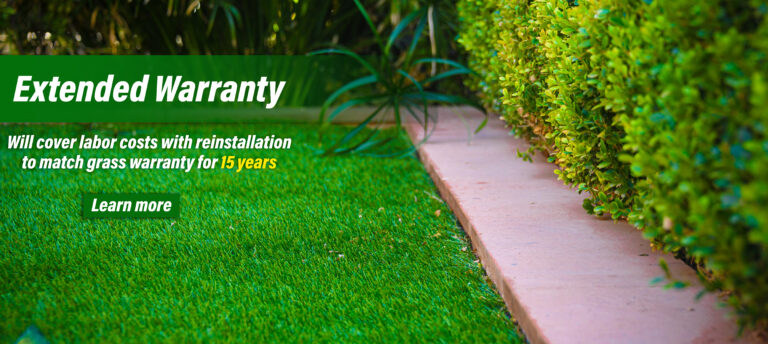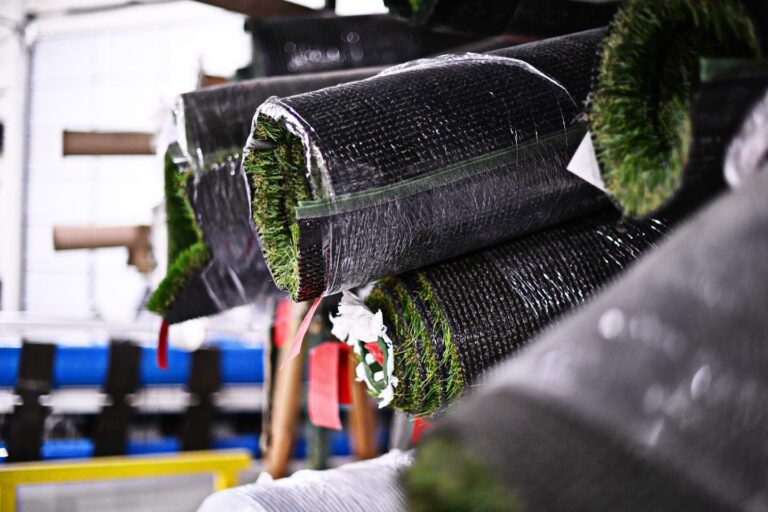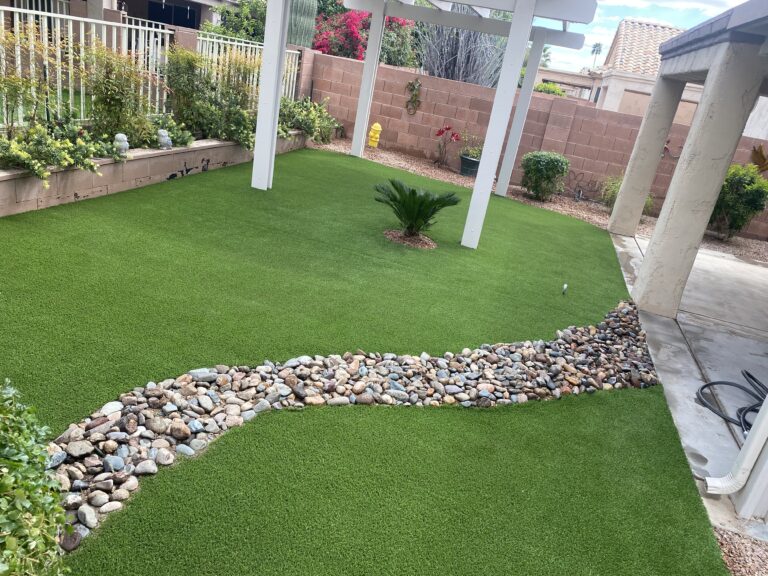Artificial grass has become increasingly popular in recent years, especially among athletes and sports enthusiasts. This is because artificial turf provides a consistent surface that can withstand heavy use without becoming damaged or worn out. In this guide, we will explore the benefits of using artificial grass for athletic fields, how to choose the best type of turf for your needs, and everything you need to know about installing and maintaining it.
Introduction to Artificial Grass for Athletics
Artificial grass, also known as synthetic turf, is made from durable materials such as polypropylene or nylon fibers that are designed to mimic natural grass. Unlike real grass, however, artificial turf requires little maintenance and can be used year-round, regardless of weather conditions. It’s no wonder why many schools, parks, and professional stadiums have switched to artificial grass for their athletic fields.
Benefits of Using Artificial Grass for Athletic Fields
There are several advantages to using artificial grass for athletic fields. First and foremost, it provides a safe and consistent playing surface for athletes. With artificial turf, there is less risk of injury due to uneven terrain or slippery surfaces. Additionally, artificial grass can withstand heavy traffic and wear and tear, making it ideal for high-use areas like football fields or soccer pitches.
Another benefit of artificial grass is its low maintenance requirements. Unlike natural grass, which requires regular watering, fertilizing, and mowing, artificial turf only needs to be brushed occasionally to remove debris and dirt. This means that schools and municipalities can save money on maintenance costs while still providing top-notch facilities for their athletes.
Choosing the Best Artificial Grass for Your Needs
When choosing an artificial grass for athletic fields, there are several factors to consider. First, you should determine what kind of activities will take place on the field. For example, if the field will primarily be used for football, you may want to look for turf that is specifically designed for gridiron play. Similarly, if the field will be used for soccer or other field sports, you may want to opt for turf with longer blades that can withstand repeated divots and scrapes.

You should also consider the climate in your area when selecting artificial turf. Turfs with infill materials like sand or rubber can help improve traction and stability on wet or slippery surfaces. On the other hand, turfs with shorter pile heights may be better suited for hot and dry climates where durability is more important than cushioning.
Installing and Maintaining Artificial Turf on Athletic Fields
Once you have selected the right type of artificial turf for your needs, it’s time to install it. Professional installation is recommended for large projects like athletic fields, but some smaller projects may be able to be DIYed with the right tools and equipment. Be sure to follow all manufacturer instructions carefully during installation to ensure proper adhesion and longevity.
After installation, maintenance of artificial turf is relatively simple. Regular brushing and cleaning can keep the turf looking fresh and prevent damage from debris and dirt buildup. If necessary, repairs can be made by patching or replacing small sections of turf.
Conclusion: Why Invest in High-Quality Artificial Grass for Athletics
Investing in high-quality artificial grass for athletic fields is a smart decision for any school, park, or sports organization. Not only does it provide a safe and consistent playing surface for athletes, but it also saves money on maintenance costs over time. By following these guidelines, you can select the best type of turf for your needs and enjoy years of trouble-free use.






